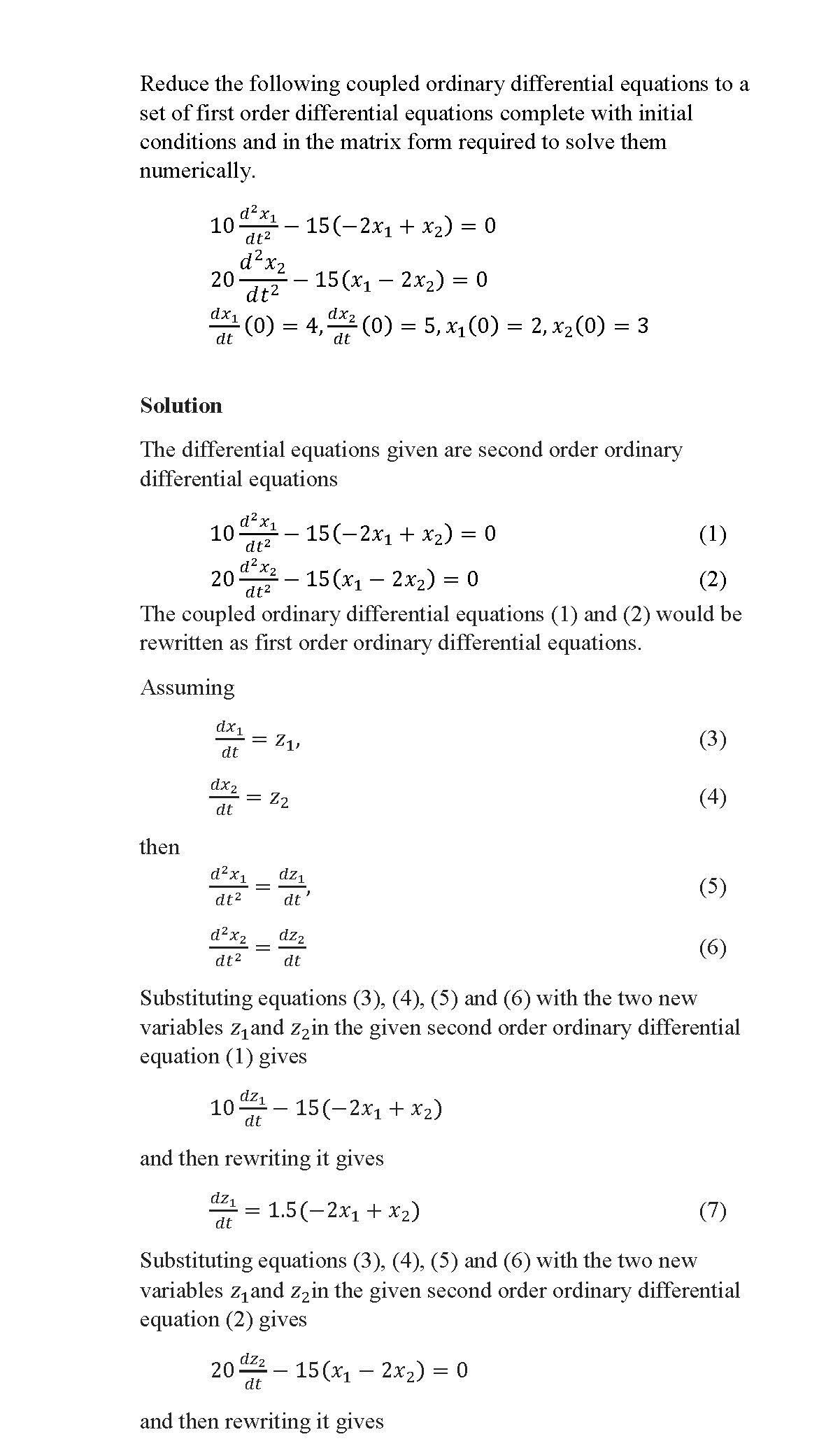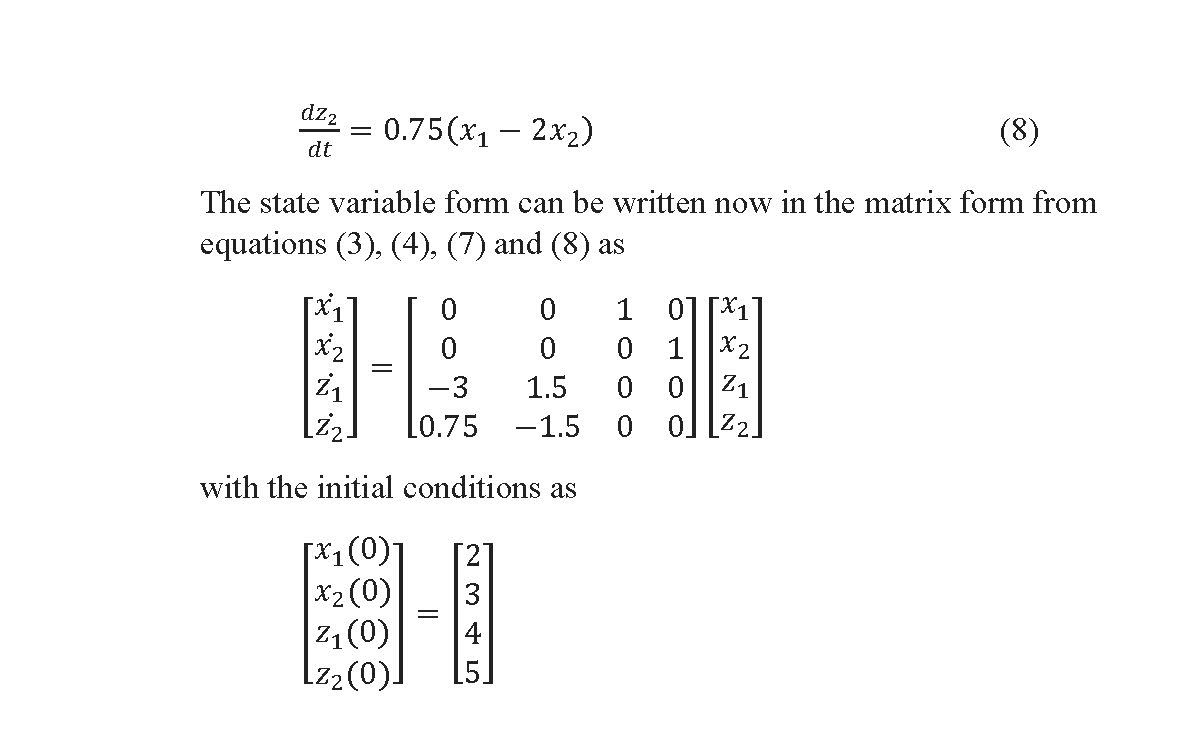The new 2019 NSF proposal guidelines effective February 25, 2019, have a change in how synergistic activities are reported. The change is described as follows.
“Chapter II.C.2.f(i)(d), Synergistic Activities, has been revised to specify that a list should include up to five distinct examples that demonstrate the broader impact of the individual’s professional and scholarly activities that focuses on the integration and transfer of knowledge as well as its creation.”
The complete language is as follows.
“A list of up to five examples that demonstrate the broader impact of the individual’s professional and scholarly activities that focuses on the integration and transfer of knowledge as well as its creation. Examples could include, among others: innovations in teaching and training (e.g., development of curricular materials and pedagogical methods); contributions to the science of learning; development and/or refinement of research tools; computation methodologies and algorithms for problem-solving; development of databases to support research and education; broadening the participation of groups underrepresented in STEM; and service to the scientific and engineering community outside of the individual’s immediate organization.”
Well, for submission to an NSF grant due February 28, 2019, I revised my synergistic activities as follows. I want to know if this does or does not follow the guidelines. What would you change? I am having issues with the language of “list”, and “distinct”. Who can one contact at NSF for clarification? This does not seem to be a question for the program manager.
- Conducted four workshops on engineering education internationally during a 2018 Fulbright Specialist program at Universiti Teknologi Petronas, Malaysia. The four topics were flipped classrooms, the scholarship of teaching and learning, massive open online courses, and improving student performance through learning strategies.
- Guest Editor, ASEE Advances in Engineering Education, Flipped Classrooms in STEM, 2016. This special issue consisted of eight papers that showed how to implement and assess flipped classrooms in a variety of settings.
- Developed, revised, assessed and refined holistic and customized web-based resources on Numerical Methods (http://nm.mathforcollege.com) and corresponding MOOCs on Numerical Methods and Introduction to Matrix Algebra. The OCW receives 1,000,000+ annual page views, 2,000,000+ annual views of YouTube videos on NumericalMethodsGuy channel, 100,000+ annual views on Numerical Methods Guy blog.
- Developed a unique textbook (adopted by 70 universities worldwide) and accompanying software PROMAL for undergraduates on the topic of Mechanics of Composite Materials published in 1997 (first edition) and 2005 (second edition) by CRC Press. This includes continued development of PROMAL – instructional software package for Mechanics of Composite Materials since 1985. More than 80 universities and many self-study students all over the world use PROMAL. The textbook has been translated to Persian and Turkish.
- Designed open source software MCTestAnalysis for analyzing and refining multiple-choice tests based on the analytical framework developed by Jorion, et al (2016) used for the validity of concept inventories. The open source software includes results such as item difficulty, item discrimination, Cronbach alpha, model estimation, item characteristic curves, tetrachoric, and scree plots.

